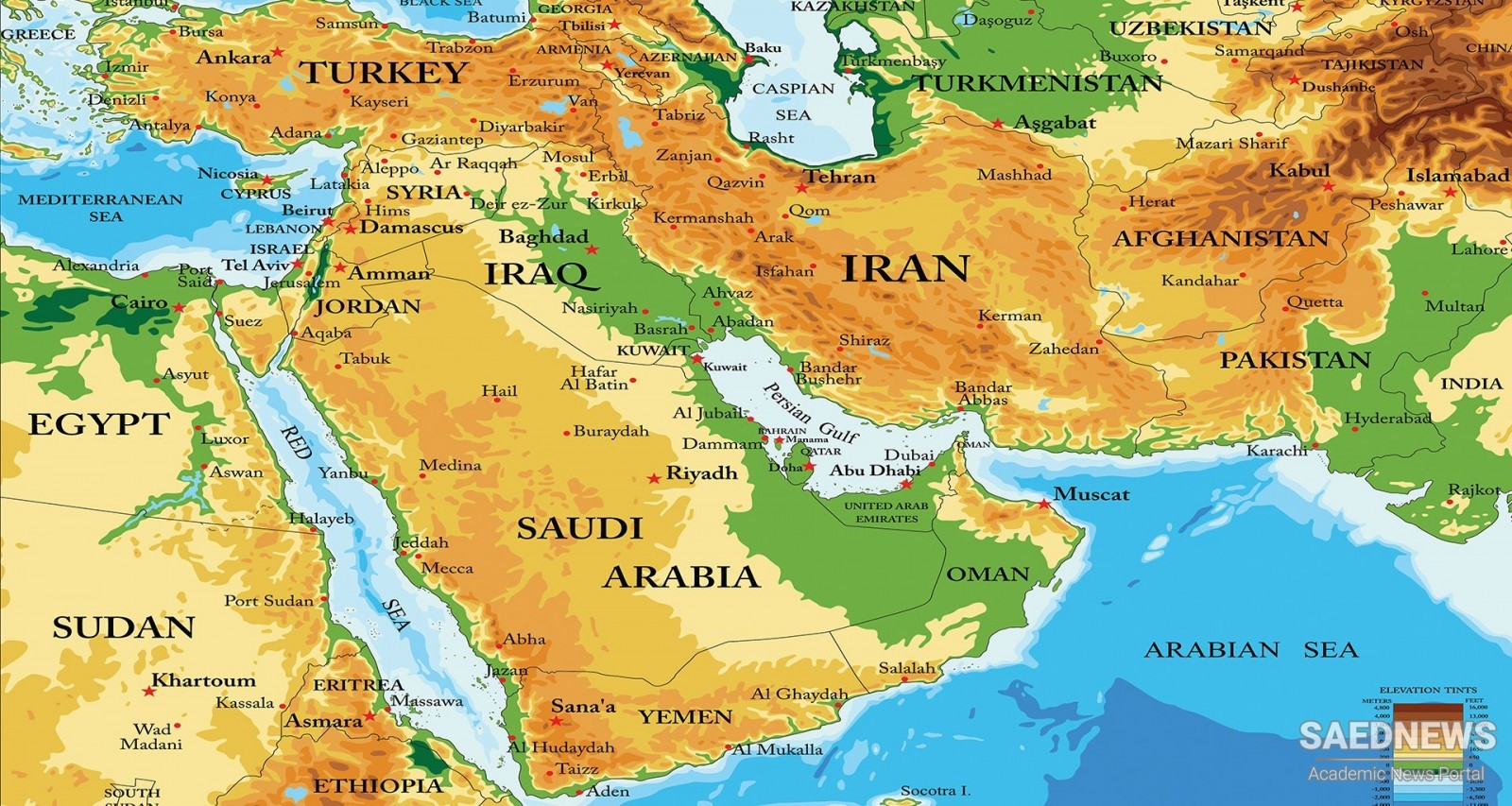As everywhere, particular patterns of population dispersion and settlements in the Middle East have been greatly influenced by the region’s geography. As is well known, the great river systems of the Nile, the Tigris, and the Euphrates became cradles of civilizations. Along their banks grew two of the most magnificent cities, Cairo and Baghdad. Wealth and power here depended on the ability to dig and manage canals and other irrigation systems, thus giving rise to “hydraulic” states whose administrative powers and popular legitimacy rested on their ability to organize large numbers of workers successfully, maintain canals and other sources of irrigation, and manage and distribute the resulting agricultural yields. But such river systems are few and far between in the Middle East, and the region, known for its aridity, is mostly filled with large expanses of desert and jagged mountains. At the foot of these low-lying mountains grew some of the Middle East’s other major cities: Mecca and Medina in the Hijaz, Sanaa in Yemen, Esfahan and Shiraz in Iran, Konya and Bursa in Turkey, and Marrakesh and Rabat in Morocco, to name a few. Inhospitable to similarly large urban settlements, the desert did not become home to larger cities save for a few, such as Yazd and Kerman in Iran, Riyadh and Buraydah in Saudi Arabia, Waddan in Libya, and Adrar in Algeria. Rather, the desert saw the proliferation of numerous isolated village and rural communities, existing alongside migratory nomadic tribes. Middle Eastern cities nevertheless experienced a decline in size, number, and importance beginning in the sixteenth century and would not regain their preeminence until some four centuries later. Up until the 1950s, an overwhelming majority of people in the Middle East lived in villages, and to this day there are estimates of some fifty-five thousand villages in Iran and approximately forty thousand in Turkey, to name only two examples. Despite annual rates of urbanization of 4.5 to 5 percent from 1980 to 1995, some 40 percent of the peoples of the Middle East still live in village or tribal communities. To this day, the urban populations of Egypt, Morocco, Sudan, and Yemen are less than 50 percent, and some 20 to 50 percent of the populations of Algeria, Iraq, Jordan, Syria, and Tunisia live outside the cities (Source: Political History of Middle East).


 Middle East: From Colonialism to Independence
Middle East: From Colonialism to Independence














































